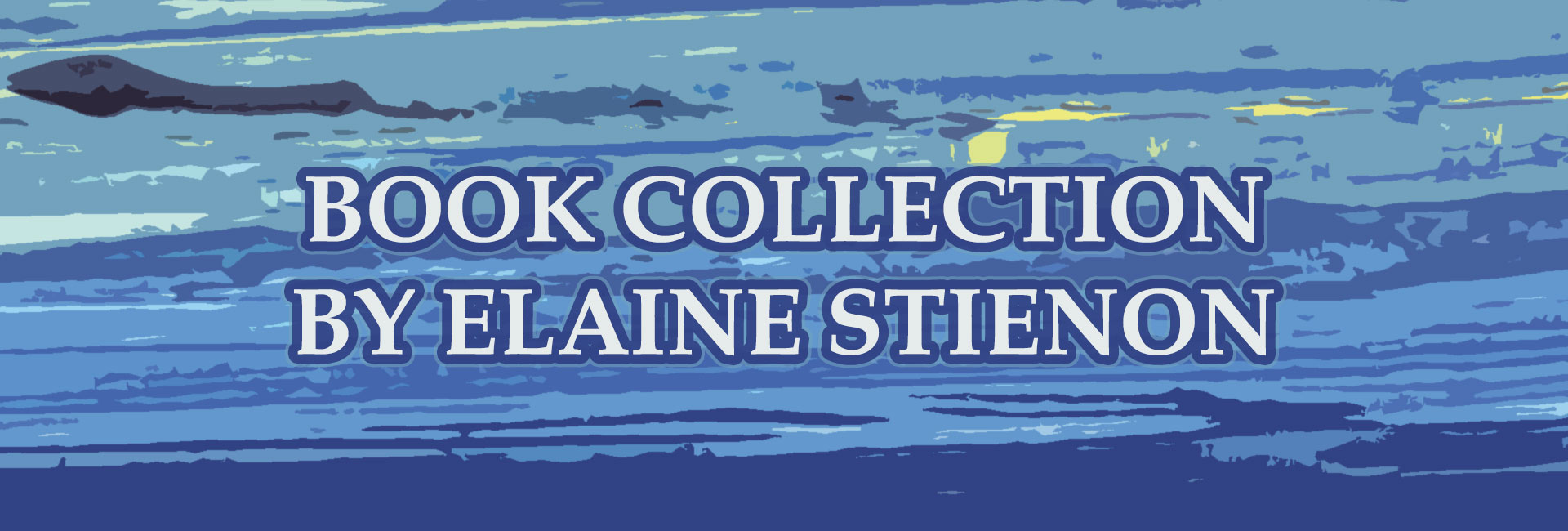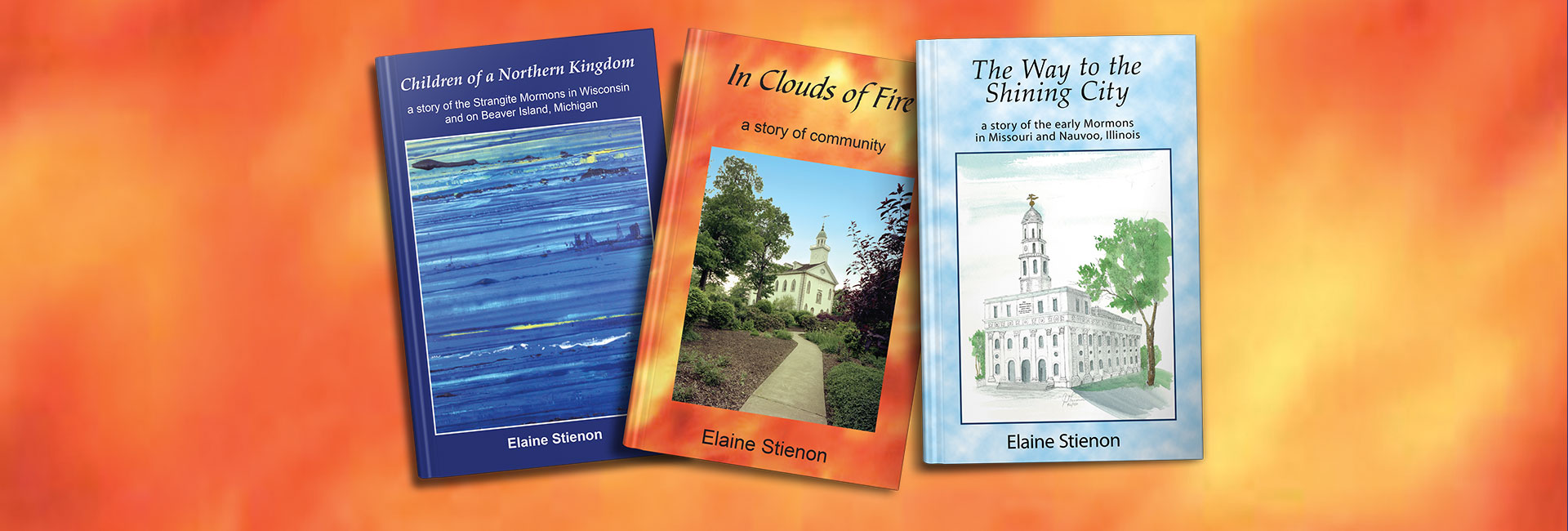According to the history, the early Mormons were forced to do an unusual amount of traveling, moving from one place to another. How did they manage? What did they take with them, and what were their diverse methods of travel?
When they left their homes and farms in New York State to move to the village of Kirtland Mills in Ohio, most traveled by wagons pulled by horses or oxen. Some of them found passage on canal boats. The Erie Canal ran right past Palmyra and would have been an easy choice. When they reached Lake Erie, they would have taken one of the larger lake boats and disembarked finally at Fairport Harbor. Then they would have walked the short distance to Kirtland or found wagon rides.
One trip from New York to Kirtland was made by sleigh. Joseph and Emma Smith, in the company of Sidney Rigdon and Edward Partridge, took a long sleigh ride over snowy roads and fields. By 1832, a great part of the church people had found their way to Ohio and were settled there.
The earliest missionaries walked, and made their way from New York to the Kirtland area before the main body of settlers sold their lands and undertook the journey. Missionaries also walked to the Missouri and were followed later by families eager to live in the ‘promised land.’
To get out to Missouri from Kirtland, some traveled by stagecoach, others rode in their own wagons pulled by horses or oxen. The first novel in the trio of historical novels, ‘In Clouds of Fire,’ has young Dan Perry stopping by North Union, the Shaker village, in hopes of meeting up with Hannah and her aunt. He does so, and carrying a commitment from her, he continues on horseback to his parents in the Independence area.
Hannah and her brother Rusty, having made the decision to leave their father’s home in western Pennsylvania, head for Kirtland on foot. In fact, a fair amount of travel was done on foot, or ‘Shanks’ Mare.’ When Gabriel Romain, the young man with aspirations of becoming some sort of healer, leaves his home in Gallipolis, Ohio, he does so on foot. He meets up with the ex-slave Eb, and the two continue walking, traveling from one safe house to the next.
When the Mormon settlers are driven out of the Independence area, they are forced to flee with anything they can manage to salvage. Some had horses; most walked, heading north, crossing the Missouri River on ferry boats or rafts, and camping on the far shore. Zion’s Camp, the company of men sent from Ohio to rescue these refugees, did most of the traveling on foot, with some on horseback. Zion’s Camp eventually disbanded, as the leaders tried to find a peaceful solution to the problem. Many of the marchers came down with cholera. They found their way back to Ohio in little groups, and the refugees from Independence made their way north to Caldwell County, a special place set aside for them. They settled in and around a town they called ‘Far West.’
In a short time, the church leaders and many of the Ohio residents were forced to leave their homes and journey to Far West, where they settled. In 1838, they are all forced to leave the state of Missouri, and this time they go east, across Missouri to Illinois. Again their way is by foot or wagon, any way they can manage, with some wagon owners repeating the journey in order to help those who cannot manage on their own. With this exodus, we have the famous episode of Emma Smith crossing the frozen Mississippi River on foot, with two babies in her arms and two small children holding on to her skirts. Fastened underneath her skirts was the manuscript of the inspired translation of the Bible.
In 1844, after the assassination of Joseph Smith and his brother Hyrum, the body of saints in Nauvoo and the surrounding countryside is again under attack. This time, they split up; it is estimated that at least seventeen different groups left Nauvoo and went to separate areas. The last novel in the series, ‘Children of a Northern Kingdom,’ deals with those who chose to follow J. J Strang north to the settlement of Voree in Wisconsin. From there, they eventually make the lake voyage to Beaver Island, in the middle of Lake Michigan.
When Strang is assassinated, in 1856, and the remaining people are forced off the island, the only way is by water. They are loaded onto boats, forced to leave their animals and other belongings behind. They are then carried away and left in various parts of Michigan and Wisconsin. Some banded together, some went back to Voree, Wisconsin and tried to live as a community. Most of the rest, we are told, tried to get back to where they had originally come from.
Some years ago, I made the journey across Missouri which the Far West refugees had taken, this time in reverse. I was on my way back to California from Michigan, and so I decided to stop at Nauvoo and then travel across northern Missouri to the west, hitting most of the historic spots. I visited Haun’s Mill and the temple site at Far West, then went north to a place called Adam Ondi Ahman. This last, owned now by the Mormon Church, had a great variety of trees and a feeling of deep peace. In fact, knowing the history, which was anything but peaceful, I felt a strange sense of contradiction.
Throughout my travels in northern Missouri, I had seen few people and very little traffic. The wilderness I observed by the sides of the highway impressed me as an isolated, rural area, with no signs of human habitation. I could only wonder: what had those early people found to fight about, and why didn’t the Missouri settlers realize there was more than enough room for everybody?
Even now, we wonder, in the perplexities of our present day. What do we find to quarrel about? There seems to be enough wilderness, enough space, for all—at least, these were my impressions as I traversed that particular part of the Mormon journey.


